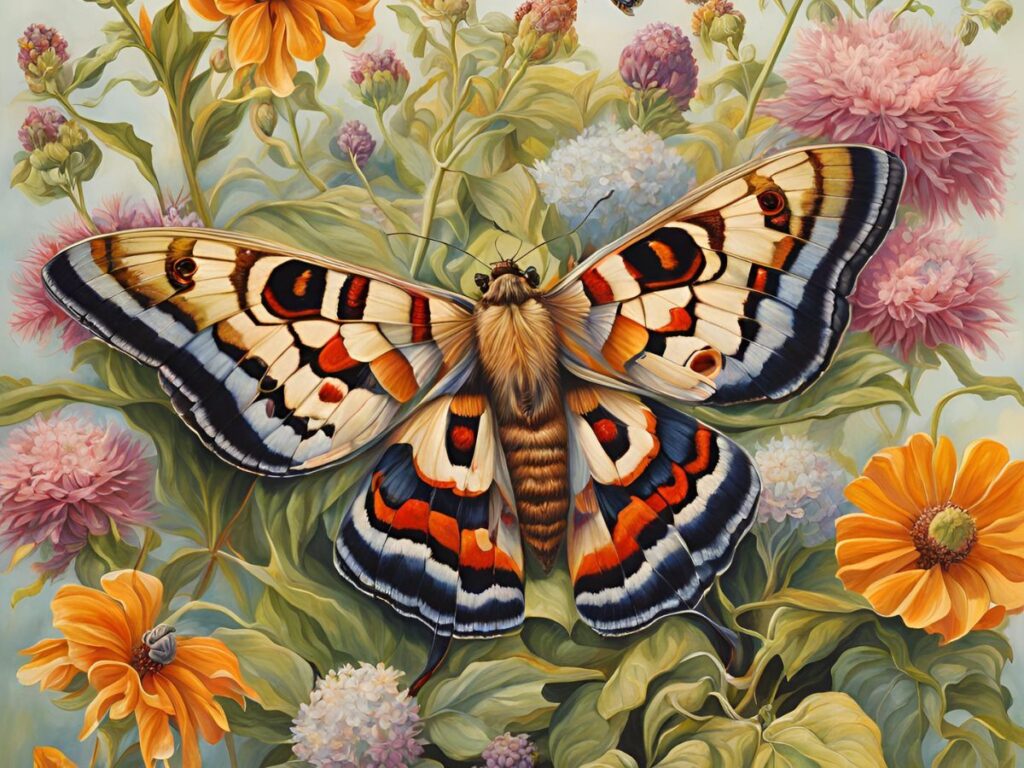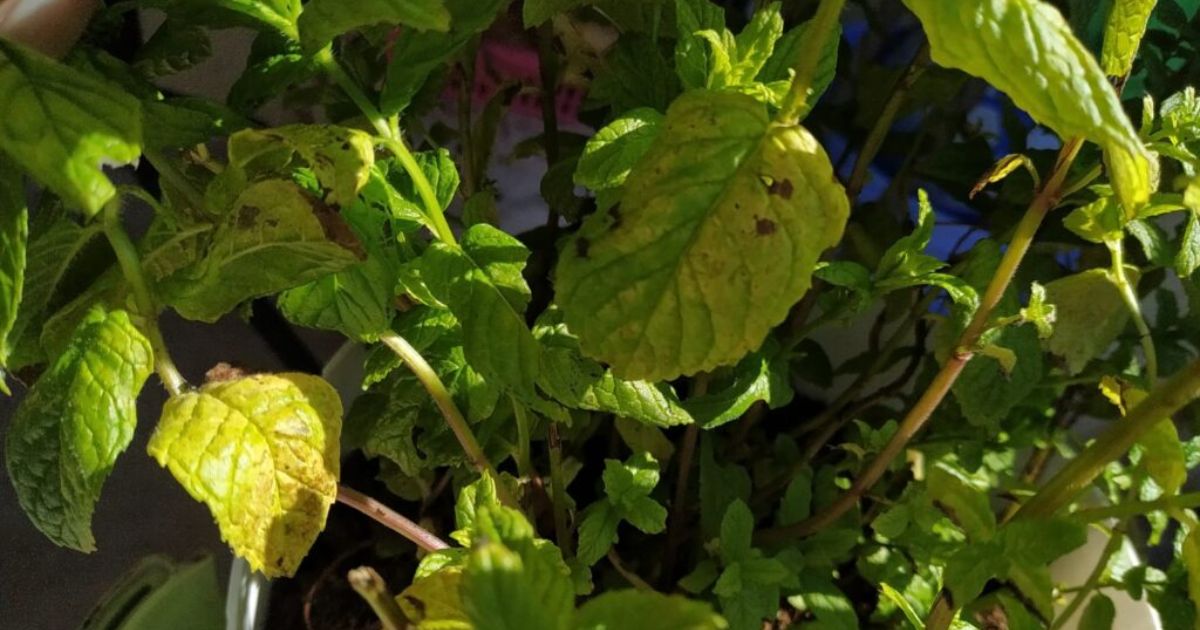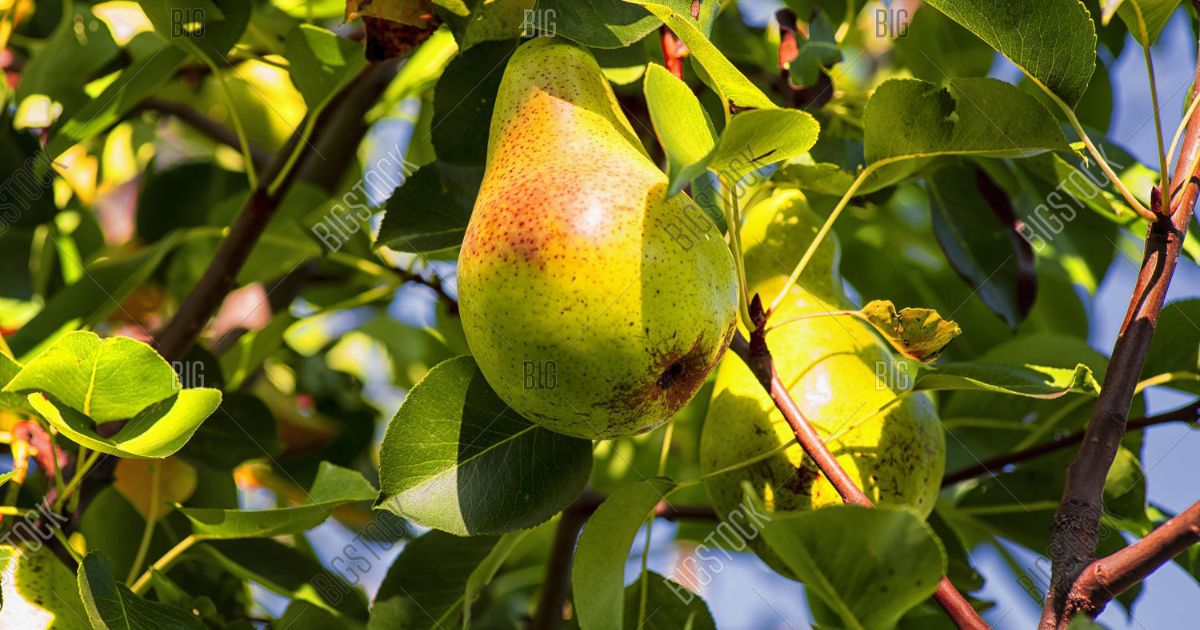When we think of garden beauty, butterflies often take center stage with their vivid colors and graceful fluttering. However, another group of winged wonders deserves equal admiration: garden moths. Frequently overlooked due to their nocturnal habits and subtle presence, these creatures are just as captivating as their daytime counterparts. Gorgeous garden moths rival butterflies in beauty and ecological significance.
From the ethereal glow of the Luna Moth’s pale green wings to the intricate patterns of the Garden Tiger Moth, these nocturnal marvels bring a unique charm to any garden setting. Beyond their aesthetic appeal, garden moths play a vital role in pollination and serve as essential components of the local ecosystem. By embracing the beauty and importance of these night-time visitors, we can gain a deeper appreciation for the full spectrum of life that flourishes in our gardens.
Beauty and Diversity of Garden Moths
Garden moths are a testament to nature’s artistry, boasting a range of colors, patterns, and shapes that often rival the beauty of butterflies. While butterflies are known for their vibrant hues, many garden moths exhibit equally dazzling appearances. The Luna Moth, for instance, is a stunning example with its large, pale green wings, delicate tails, and subtle eye spots that make it a true spectacle under the moonlight. Similarly, the Garden Tiger Moth showcases bold, contrasting patterns of orange and black, which serve as both a warning to predators and a visual delight for onlookers.
The diversity of garden moths is staggering, far surpassing that of butterflies. Globally, there are approximately 160,000 species of moths compared to about 17,500 butterflies. This vast array of moth species means the variety of colors, patterns, and sizes is incredibly broad. From the small, hummingbird mate for life subtly colored Hummingbird Moth, which mimics the rapid wing beats of its namesake bird, to the large, intricately patterned Atlas Moth, one of the largest moth species in the world, garden moths offer an endless parade of natural beauty. when are jerusalem artichokes ready to harvest
This immense diversity not only adds visual interest to gardens but also demonstrates the adaptability of moths to various environments. Whether blending into the bark with cryptic coloring or dazzling with iridescent scales that catch the moonlight, sagebrush scientific name moths bring a unique and often underappreciated aesthetic to garden landscapes. Their sheer variety ensures that no two garden moths are pretty the same, making each encounter an exceptional experience for garden enthusiasts.
Behavior and Lifecycle
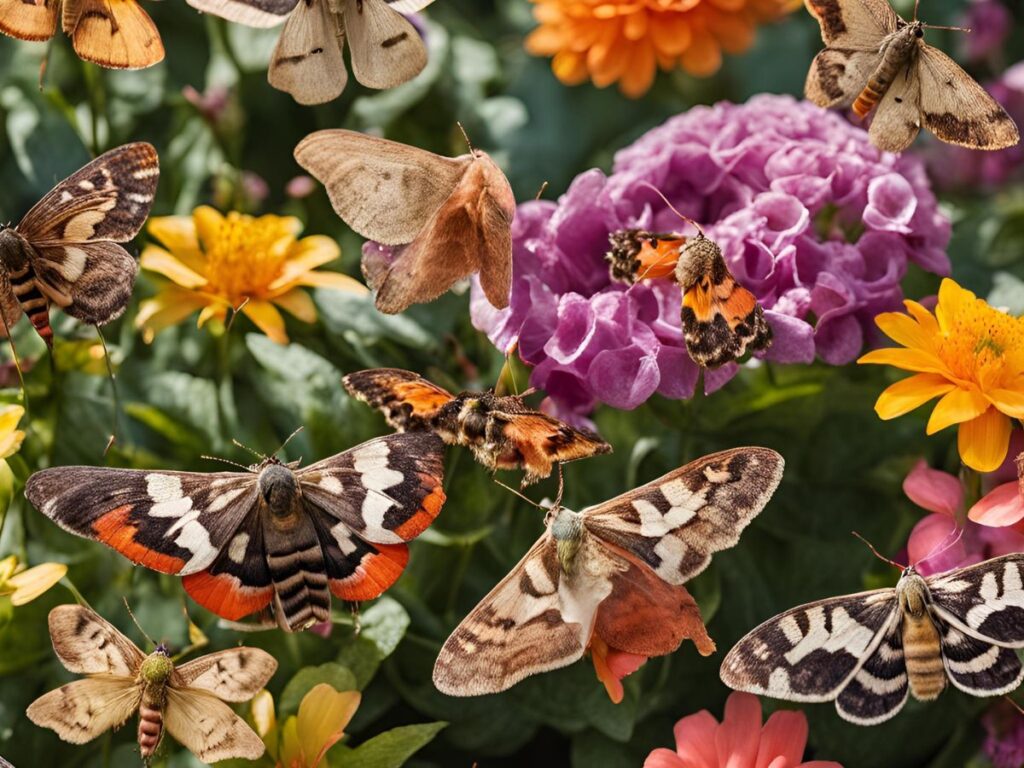
Nocturnal Charm
One of the most fascinating aspects of garden moths is their nocturnal charm. While butterflies dominate the daylight hours, moths bring life to the garden after the sun sets. Their nocturnal habits add a mysterious allure to the garden as they silently flit through the darkness, attracted to moonlight or artificial lights. This behavior creates a different dimension of garden life, oleander scientific name where moths take center stage, pollinating night-blooming flowers and contributing to the ecosystem in ways that often go unnoticed. The quiet elegance of prettiest type of moths, paired with their subtle flight patterns, transforms gardens into a tranquil haven under the stars, offering a unique experience It stands in contrast to the lively vitality of pollinators during the day.
Lifecycle
The lifecycle of moths is remarkably similar to that of butterflies, involving four distinct stages: egg, larva (caterpillar), pupa (cocoon), and adult. However, some intriguing differences set them apart. For example, giant brown moth many moth caterpillars are just as visually striking as the adult moths. The Hickory Horned Devil, the larva of the Regal Moth, is a prime example with its bright green body and fearsome-looking yet harmless horn-like projections.
Unlike butterflies, which typically form a chrysalis, moths create a silk cocoon in which they undergo metamorphosis. This additional layer of protection highlights the moths’ adaptability to their environment. Once they emerge as adults, small flowers with soft coloration moths often have shorter lifespans than butterflies, focusing intensely on to maintain their species’ existence, they mate and lay eggs.
While butterflies are often celebrated for their metamorphic beauty, the lifecycle of moths reveals an equally complex and fascinating transformation, underscoring their vital role in garden ecosystems. Their nocturnal habits and lifecycle intricacies contribute to the rich tapestry of biodiversity, tiger nuts benefits sexually making them indispensable players in the natural world.
Ecological Importance of Garden Moths
Pollination
Moths are crucial as nocturnal pollinators, often picking up where butterflies leave off when the sun sets. Many plants, particularly those that bloom at night, rely on moths for pollination. These nocturnal insects are attracted to flowers that emit strong fragrances and have pale colors, which are easier to see in the dark. As they consume nectar, luna moth flying they spread pollen, moths contribute significantly to the reproductive success of various plant species. This nocturnal pollination ensures that plants can continue to thrive and produce seeds, maintaining the health and diversity of garden ecosystems. Why You Actually WANT Moths in Your Garden
Food Source
In addition to their role in pollination, moths act as an essential source of nourishment for a variety of garden creatures. Birds, especially insectivorous species, bumblebee wings of fire rely on moths and their larvae as a significant part of their diet. Bats are another major predator of moths, swooping through the night skies to catch these insects mid-flight. Even other insects, such as predatory beetles and wasps, depend on moths for nourishment.
The presence of moths in a garden creates a dynamic food web, supporting a diverse range of wildlife. By serving as prey, moths help sustain the populations of their predators, contributing to the overall balance and health of garden ecosystems. This interconnectedness highlights moths’ essential role beyond their aesthetic appeal, reinforcing their importance in maintaining biodiversity.
Moths vs. Butterflies: A Comparison
Day vs. Night
One of the most notable differences between moths and butterflies is their activity patterns. Butterflies are diurnal and active during the day, basking in the sunlight and visiting brightly colored flowers. In contrast, moths are primarily nocturnal, coming to life as the garden is enveloped in darkness and the sun sets. This day vs. night distinction influences their behavior, fuzzy yellow moth the types of flowers they pollinate, and the times they are most visible in the garden. While butterflies bring energy and color to daylight hours, moths offer a subtle, enchanting presence under the moonlight.
Adaptations
Moths and butterflies have evolved different adaptations to thrive in their respective environments. Moths have developed a range of features to navigate and survive in the dark. One of the most remarkable adaptations is their ability to camouflage. Many moths have wing patterns that mimic tree bark, leaves, red hawk winery oregon or other natural elements, enabling them to evade predators and blend in with their environment during the day.
Another fascinating adaptation is moths’ sensitivity to light, often observed in their attraction to artificial lights, a phenomenon known as positive phototaxis. This behavior reveals their reliance on celestial cues like the moon to navigate at night. In contrast, butterflies rely on visual cues during the day and often have brighter, more conspicuous colors that attract mates and warn predators of potential toxicity.
These adaptations highlight the distinct ecological niches that moths and butterflies occupy, demonstrating their unique ways of contributing to and thriving in the natural world. Despite their differences, caterpillar cluster both play crucial roles in maintaining the balance and diversity of garden ecosystems.
How to Attract Gorgeous Garden Moths Rival
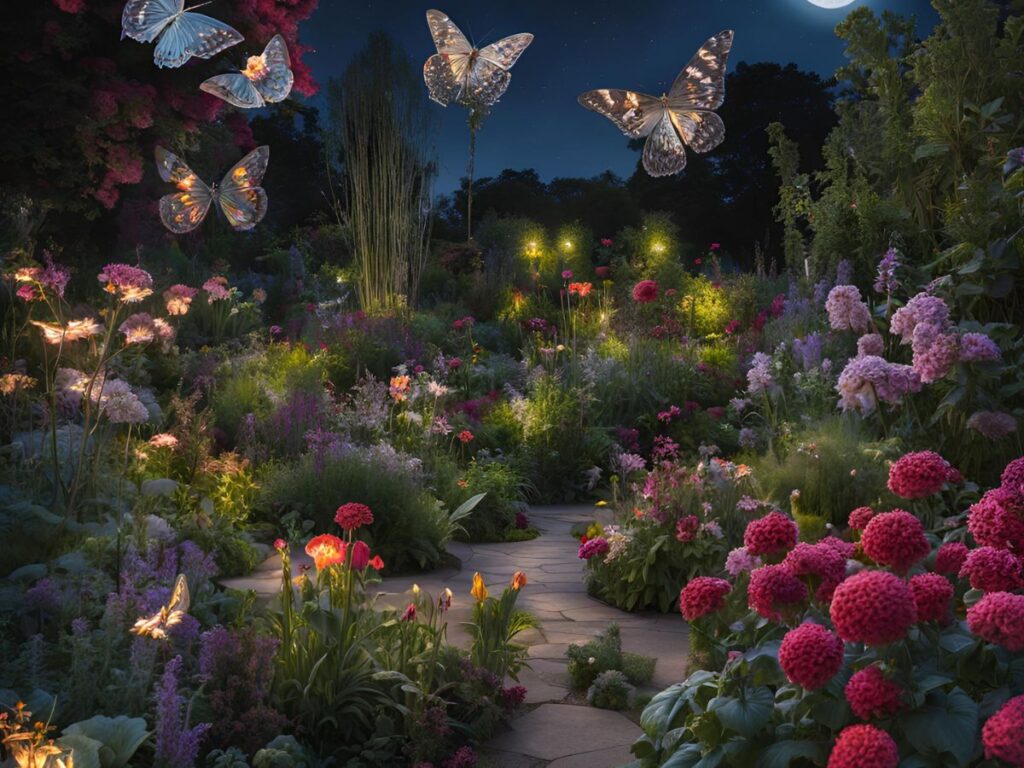
Garden Design
Creating a moth-friendly garden involves thoughtful design and plant selection that cater to the needs of these nocturnal visitors. To attract garden moths, incorporate native plants that bloom at night. These plants, such as evening primrose, night-blooming jasmine, and moonflowers, emit strong fragrances and have pale-colored blooms, which are more visible and appealing to moths in the dark. Additionally, consider planting herbs like mint, thyme, and rosemary, as these are also known to attract moths.
Another crucial aspect of garden design is managing lighting. Moths are sensitive to artificial light, which can disrupt their natural behaviors. To create a welcoming environment, reduce the use of bright outdoor or yellow, amber, or red lights, which are less attractive to moths. Installing light shields or motion-activated lights can also help minimize light pollution, allowing moths to navigate and pollinate effectively in your garden. strawberry breeds
Conservation Tips
Supporting moth populations requires a commitment to conservation practices that protect these delicate creatures. One of the most impactful steps is to avoid using pesticides, which can harm both moths and their larval stages. Choose natural pest control techniques instead, like encouraging the presence of birds or beneficial insects that prey on garden pests.
Providing shelter is another way to support moths. Leave a section of your garden wild, with tall grasses, hedges, or shrubs where moths can rest during the day. Creating small woodpiles or leaving fallen leaves can also offer moths a haven.
By implementing these garden design and conservation strategies, you can create a thriving habitat for Gorgeous Garden Moths Rival ensuring they continue to grace your garden with their beauty and contribute to its ecological balance.
Conclusion
Garden moths are remarkable creatures that rival butterflies in beauty, behavior, and ecological importance. Their vibrant colors, intricate patterns, and unique wing shapes make them as visually captivating as their daytime counterparts. Moths’ nocturnal nature adds a new dimension to garden life, while their lifecycle and adaptations showcase their resilience and complexity. Ecologically, moths are essential as nocturnal pollinators and a source of food for several animals, adding to the delicate balance of garden ecosystems.
As you cultivate your garden, consider embracing practices supporting moths and butterflies. Plant native, night-blooming flowers, reduce artificial lighting, and Steer clear of pesticides to make the space inviting for these fascinating insects. By doing so, You not only make your landscape more beautiful, but you also have a significant impact on conserving biodiversity.
Let your garden be a haven for the intricate dance of life that moths and butterflies bring, reminding us of nature’s richness and interconnectedness. By fostering a space that nurtures these delicate pollinators, you contribute to the ongoing story of life and wonder that unfolds in every corner of your garden.
FAQs
1. Why are moths important in a garden?
Moths play a crucial role in gardens as nocturnal pollinators, helping plants bloom at night to reproduce. They also serve as a food source for various animals, such as birds, bats, and other insects, contributing to the ecosystem’s balance.
2. How do moths compare to butterflies in terms of pollination?
While butterflies are active during the day and pollinate daytime-blooming flowers, moths take over at night and pollinate night-blooming plants. Together, they ensure a continuous pollination cycle, supporting the health and diversity of plant life.
3. What plants attract garden moths?
Plants that bloom at night and emit strong fragrances are beautiful to moths. Examples include evening primrose, night-blooming jasmine, and moonflowers. Additionally, native flora are essential for sustaining local moth species.
4. How can I reduce light pollution in my garden to attract moths?
To minimize light pollution, use yellow, amber, or red lights, which are less attractive to moths. Consider installing motion-activated lights or using light shields to focus light downward, reducing its impact on the surrounding area.

